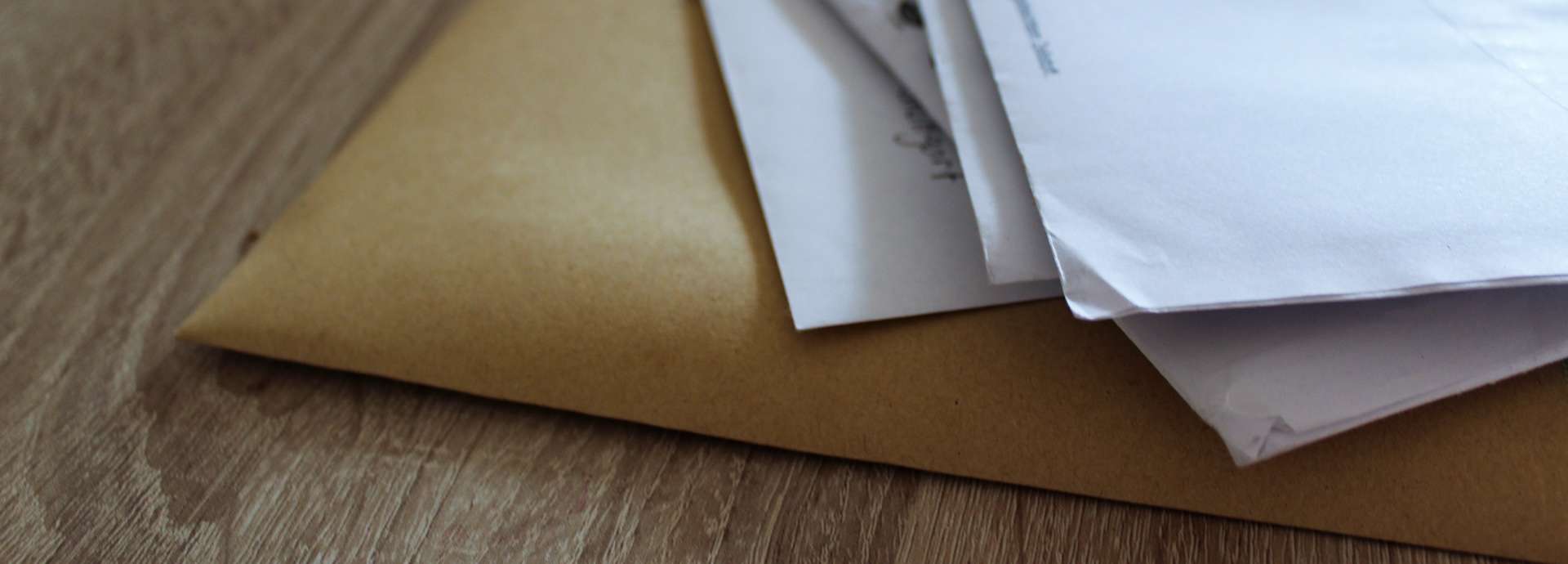Q: I received a stimulus payment on behalf of my deceased relative. Should I cash it?
A: According to the IRS FAQ page on its website, families who receive a stimulus payment on behalf of a deceased loved one should send the money back to the government. The FAQ specifically states:
A Payment made to someone who died before receipt of the Payment should be returned to the IRS by following the instructions about repayments. Return the entire Payment unless the Payment was made to joint filers and one spouse had not died before receipt of the Payment, in which case, you only need to return the portion of the Payment made on account of the decedent. This amount will be $1,200 unless adjusted gross income exceeded $150,000.
But there is one small exception to that rule. If you are married and filed a joint tax return, but your spouse passed away before they received their stimulus payment, you only need to return the portion of the money that was intended for your spouse. You can keep your portion of the payment.
All that said, it is important to note that the requirement to send the money back is not officially stated in the Internal Revenue Bulletin (IRB). And the IRS has mentioned before that FAQs “and other items posted on IRS.gov that have not been published in the Internal Revenue Bulletin are not legal authority . . . and should not be used to sustain a position unless the items (e.g., FAQs) explicitly indicate otherwise or the IRS indicates otherwise by press release or by notice or announcement published in the Bulletin.” If an FAQ is not published in the IRB, the IRS may change its position at any time. Therefore, the direction is a bit subjective when you consider all of the facts.
How to Return the Money
If you wish to follow the IRS’ request and return the stimulus money, follow the instructions below based on your situation.
If you received a paper check and cashed it or if you received the payment via direct deposit:
- Send a personal check, money order, etc. to the appropriate IRS location in you state of residence for the amount received. The appropriate mailing address can be found at the IRS’ Economic Impact Payment Information Center.
- Write on the check/money order made payable to U.S. Treasury. Also write 2020 EIP and the taxpayer identification number (social security number or individual taxpayer identification number) of the recipient of the check.
- Include a brief explanation of the reason for why you are returning the stimulus payment.
If you received a paper check but have not cashed it yet:
- Write Void in the endorsement section on the back of the check.
- Mail the voided Treasury check to the appropriate IRS location within their state of residence. The appropriate mailing address can be found at the IRS’ Economic Impact Payment Information Center.
- Don’t staple, bend, or paper clip the check.
- Include a note stating why you are returning the check.





